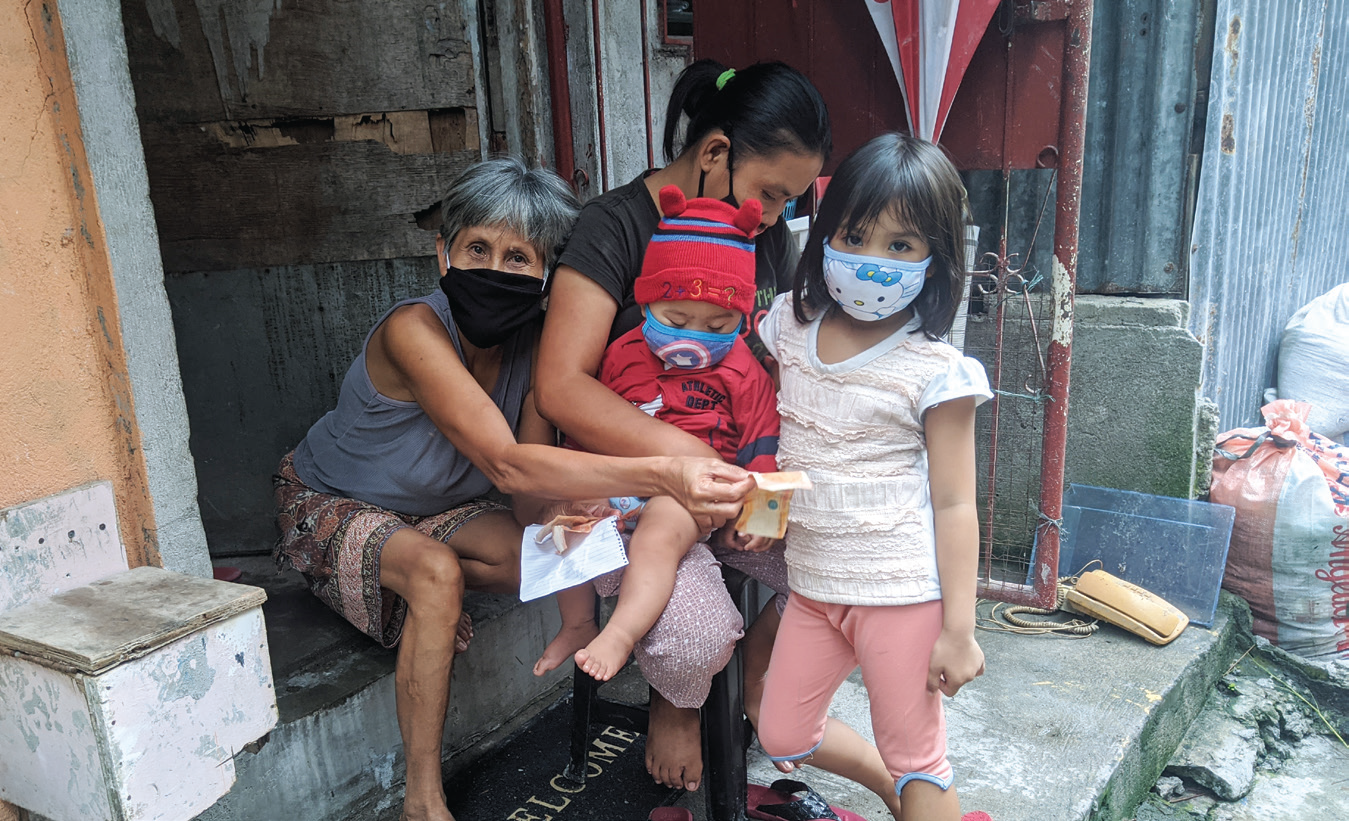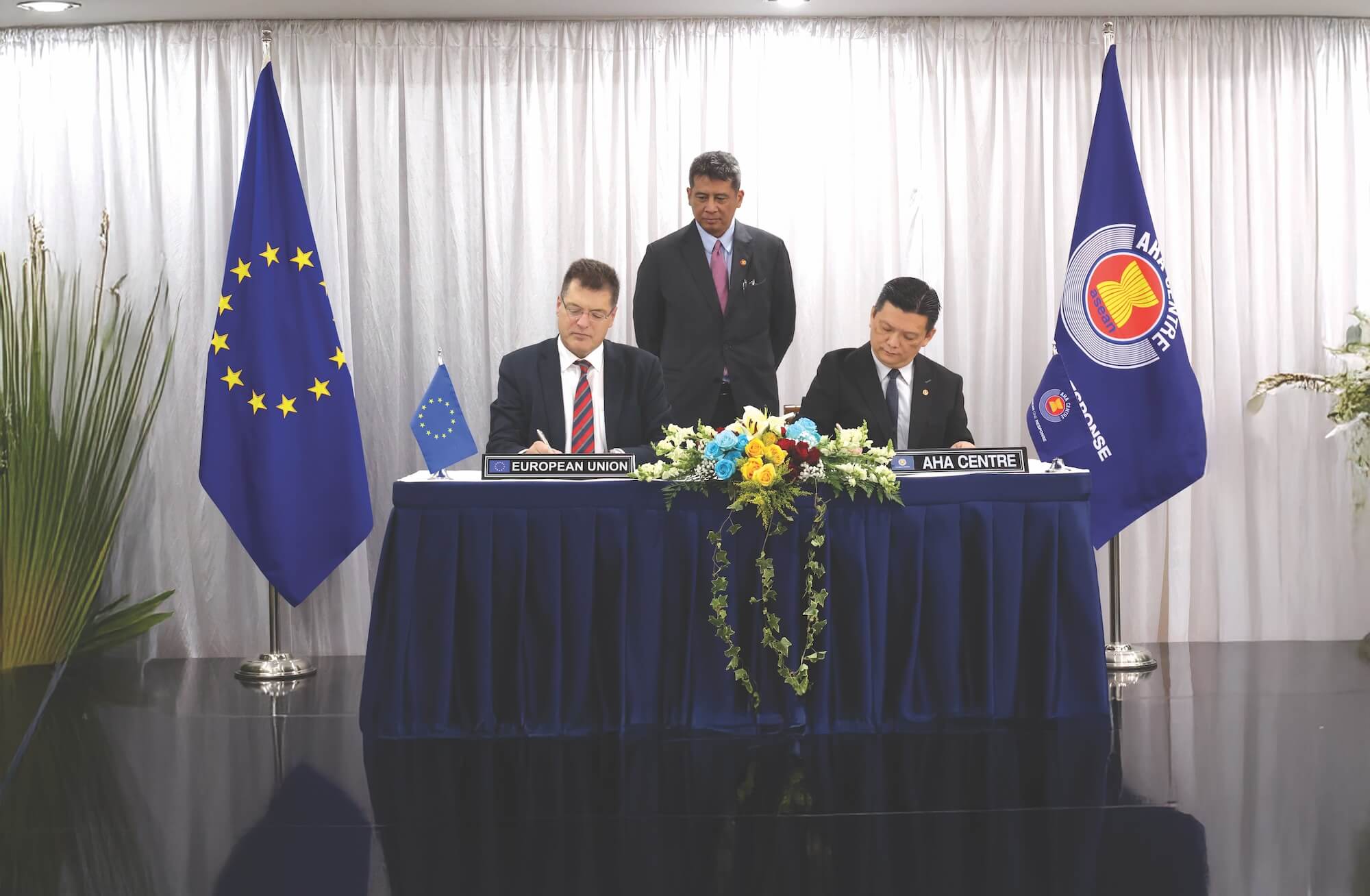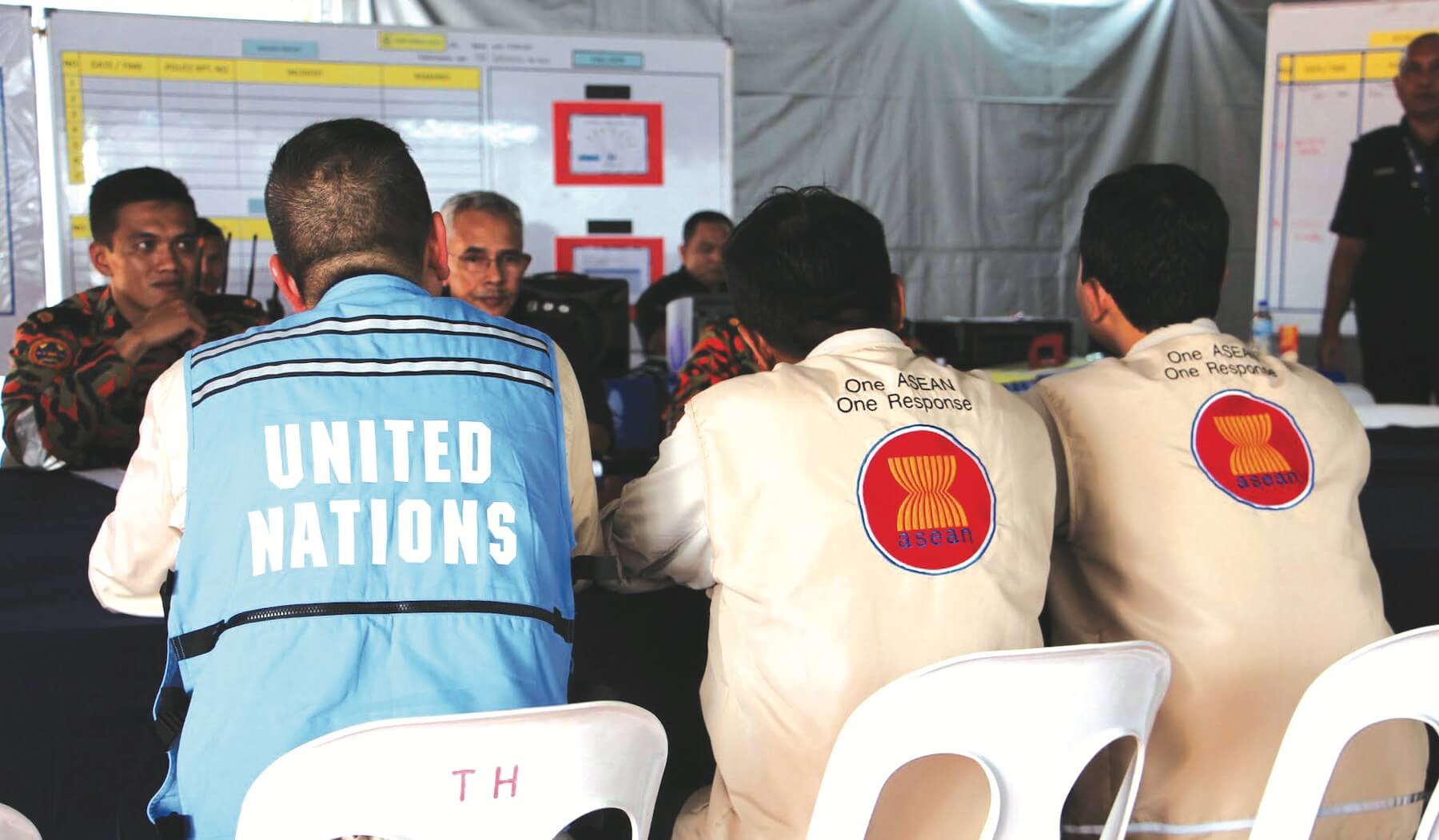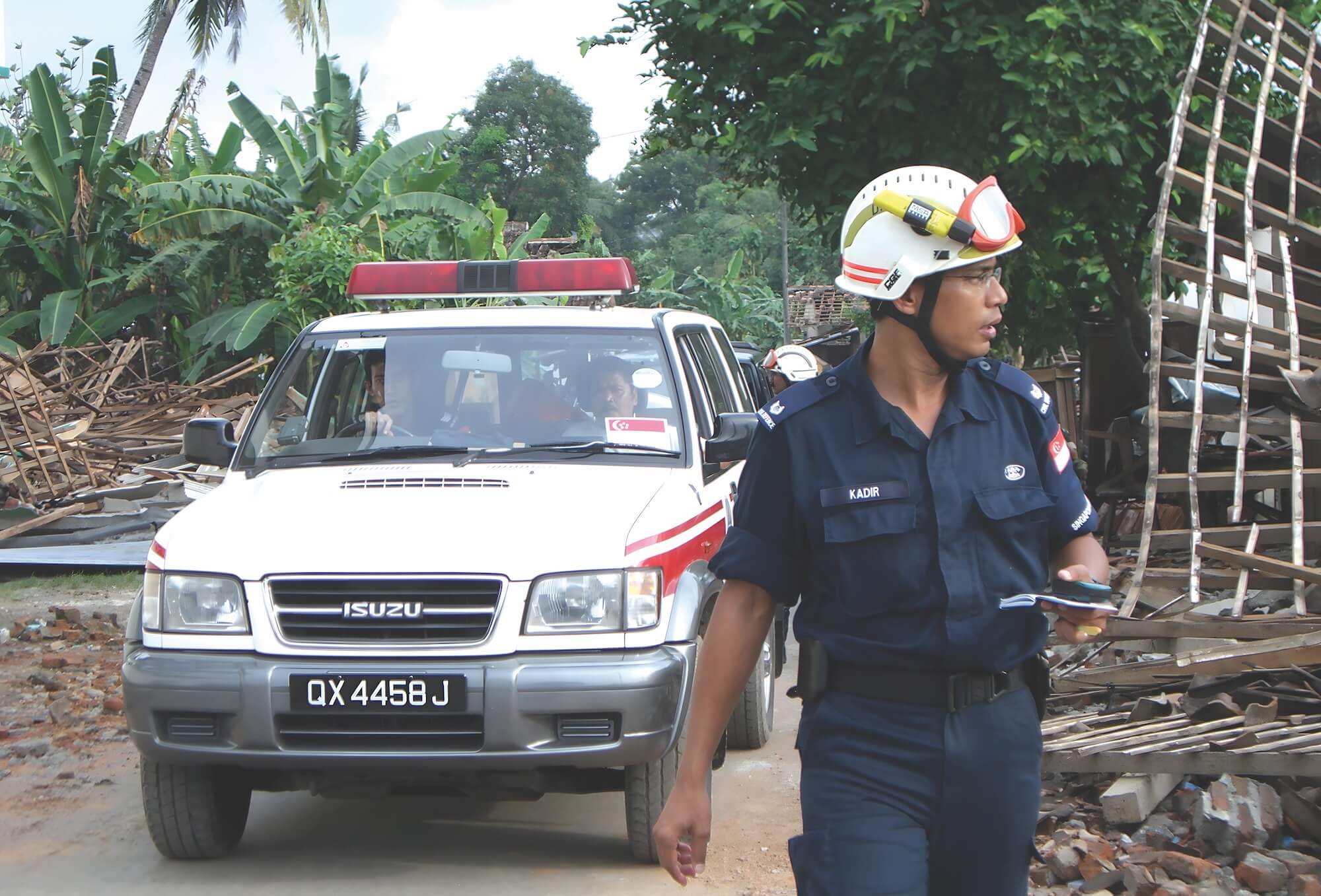




The global economic recession caused by the COVID-19 pandemic has plunged a large segment of the population into poverty.
Recent estimates from the World Bank show that between 88 million and 115 million people are in danger of sliding back into extreme poverty in 2020 and another 23 million to 35 million in 2021. Measured by the number of people living on less than 1.90 US dollars per day, extreme poverty is expected to increase for the first time globally since 1998 and set back progress towards ending extreme poverty by at least three years.
The World Bank’s recent forecasts estimate that between 2020 and 2030, around 821 million to 1.16 billion people will become the new poor due to the COVID-19 pandemic.
The global recession and the pandemic’s socio-economic impact on people in ASEAN underscore the need for immediate action to protect the poor. The pandemic has exacerbated the existing vulnerabilities of the traditional poor, exposing them to more risks.
Identifying and locating the poor in society—including the risks that compound their existing vulnerabilities, such as rapid urbanisation, continuing informalisation of work, increasing gender inequalities, and the impacts of climate change—are thus one of the foremost tasks of governments.
Poverty Before the Pandemic
Great strides have been achieved in reducing absolute poverty worldwide, although the rate of decline has been slowing down even before the pandemic. The World Bank reported that for the period 2015 to 2017, the number of people living on 1.90 US dollars a day decreased from 741 million to 689 million.
In Southeast Asia, the proportion of population categorised as extremely poor substantially decreased from 30 per cent in 2000 to 5 per cent in 2017 based on the Asia and the Pacific Progress Report 2020. According to the 2020 ASEAN Sustainable Development Goals Indicators Baseline Report, an average of 13 per cent of the total population among the Member States were living below the countries’ poverty lines in 2018. The rate of rural poverty was higher, at 18 per cent.
In terms of the characteristics of the global poor, the World Bank reported that in 2018, two-thirds of the world’s poor were young at 24 years old and below; about a third of poor people 15 years old and older had no formal education while another one-third achieved only a lower level of education; and more women and girls experienced poverty across the globe.
Prior to the onslaught of the pandemic, 80 per cent of the extreme poor were residing in rural areas. Most of the poor were working in the agricultural and informal sectors, and were increasingly reliant on remittances from family members who are migrant workers, both domestic and overseas. They tended to have less access to public services, markets, and infrastructures, as well as provisions for health, education, and social protection. They were also disadvantaged by the digital divide.
The urban poor, meanwhile, were living in congested informal settlements. The 1.2 billion people in this category also tended to have limited access to health care and sanitation, nutrition, and infrastructure, among others. With their incomes reliant on an uncertain informal sector combined with their precarious living conditions, the urban poor are placed at a higher risk of falling into deeper poverty.
Pushing People into Poverty
Of the 110 million to 150 million people projected to fall into extreme poverty by 2021, around 72 million are likely to come from middle-income countries. If the higher poverty thresholds are applied—3.20 US dollars a day for lower-middle-income countries, and 5.50 US dollars a day for upper-middle-income countries—the poor population will be far greater, according to World Bank.
Profiling the “new poor,” the World Bank said that this segment falls between the chronic poor and the non-poor; that is, the new poor were just living above the poverty line prior to the pandemic, and they are more likely to be educated than the chronic poor, employed and working in the informal sector in urban areas. Since 95 per cent of COVID-19 cases occurred in urban areas, the pandemic has impacted the urban poor the most, especially those working in the informal sector and living in informal settlements.
The people likely to join the ranks of the new poor are those living in densely populated urban settlement in cities with limited or no access to any social security and social protection, nor provisions for health. They are likely to be workers, such as migrant workers, whose livelihoods have been destroyed or have become jobless due to the lockdowns and other restrictions in movement. Most of them are expected to be women who work in industries, such as manufacturing, garments, and tourism.
Although the profile of the new poor may seem different, the overall profile of the poor in general remains unchanged.
In general, it is expected that the majority of the world’s poor will still reside in rural areas. Most will still be smallholder farmers and their families and workers in the informal sector. Although many may not be immediately exposed to the disease itself, its economic impact, such as broken supply chains and suspended travel and tourism, will still hurt the rural poor as well and their ability to cope and recover will be limited because of poverty. It is likely that those residing in urban areas, many of whom are migrants, will move back to their homes in the rural areas once jobs become scarce, which in turn may increase the risk of spreading the virus in isolated areas.
COVID-19 is expected to exacerbate pervasive existing inequalities. Since the 1990s, income inequality has increased in most developed countries and in some middle income countries. The UN’s 2020 World Social Report said around two-thirds of the world population, around 71 per cent, live in countries where inequality has grown. It is estimated that if the Gini index increases by one per cent in all countries in 2020, around 717 million to 746 million people will be pushed into extreme poverty, according to World Bank.
Poverty is driven even deeper by the impacts of climate change, which is estimated to push around 100 million additional people into poverty by 2030. Extreme weather events caused by climate change may affect the poor’s capacity to access food particularly in a situation where the whole economy has been greatly weakened.
Pro-Poor COVID-19 Recovery
The challenges may seem insurmountable but hope lies in developing COVID-19 recovery measures that are inclusive, sustainable, resilient, and, more importantly, responsive to the needs and circumstances of the poor.
Beyond promptly responding to the pandemic, ASEAN has been laying the foundation for a development agenda that can be leveraged to withstand the pandemic’s impacts. These policy frameworks range from strengthening social protection, investing in jobs, and developing 21st century skills, among others, to the wider ASEAN Integration initiative. And specific policy guidance on protecting the poor, has been articulated by the ASEAN Ministerial Meeting on Rural Development and Poverty Eradication on “Reducing Poverty and Building Resilience: Towards COVID-19 Recovery.” Currently, ASEAN is developing an ASEAN recovery framework that aims to be fair, inclusive, and sustainable that is age- and gender-responsive.
It is incumbent upon decision-makers to protect all the poor—both the “new poor” and the traditional poor—who are further made vulnerable by the pandemic. Poverty data and statistics are critical in the design of evidence-based policies and programmes that are targeted for the poor. Such data will show the pandemic’s impacts on the depth and breadth of poverty that other vulnerable groups such as older persons and persons with disabilities and their families experience. It is also worthwhile to use a rural-urban lens in framing a holistic, comprehensive, and integrated recovery programme. Lastly, it will be prudent to pursue a recovery programme that will address underlying drivers of poverty, such as inequalities, the intrinsic link between rural and urban areas, informalisation and urbanisation, and the impacts of climate change.








